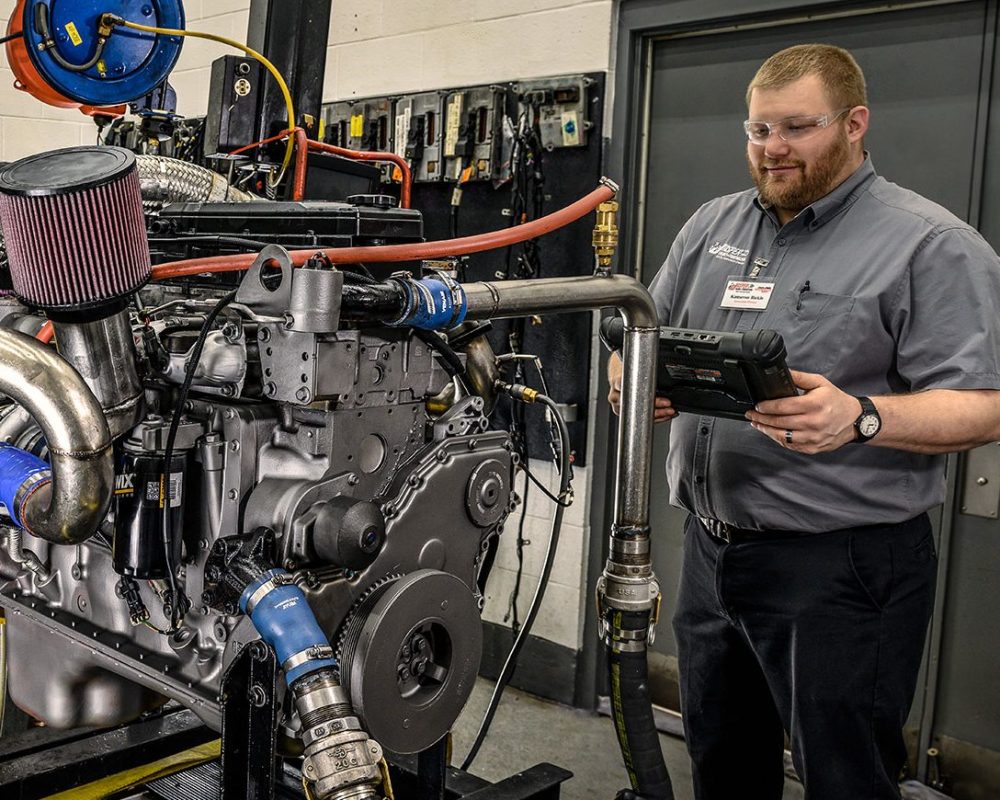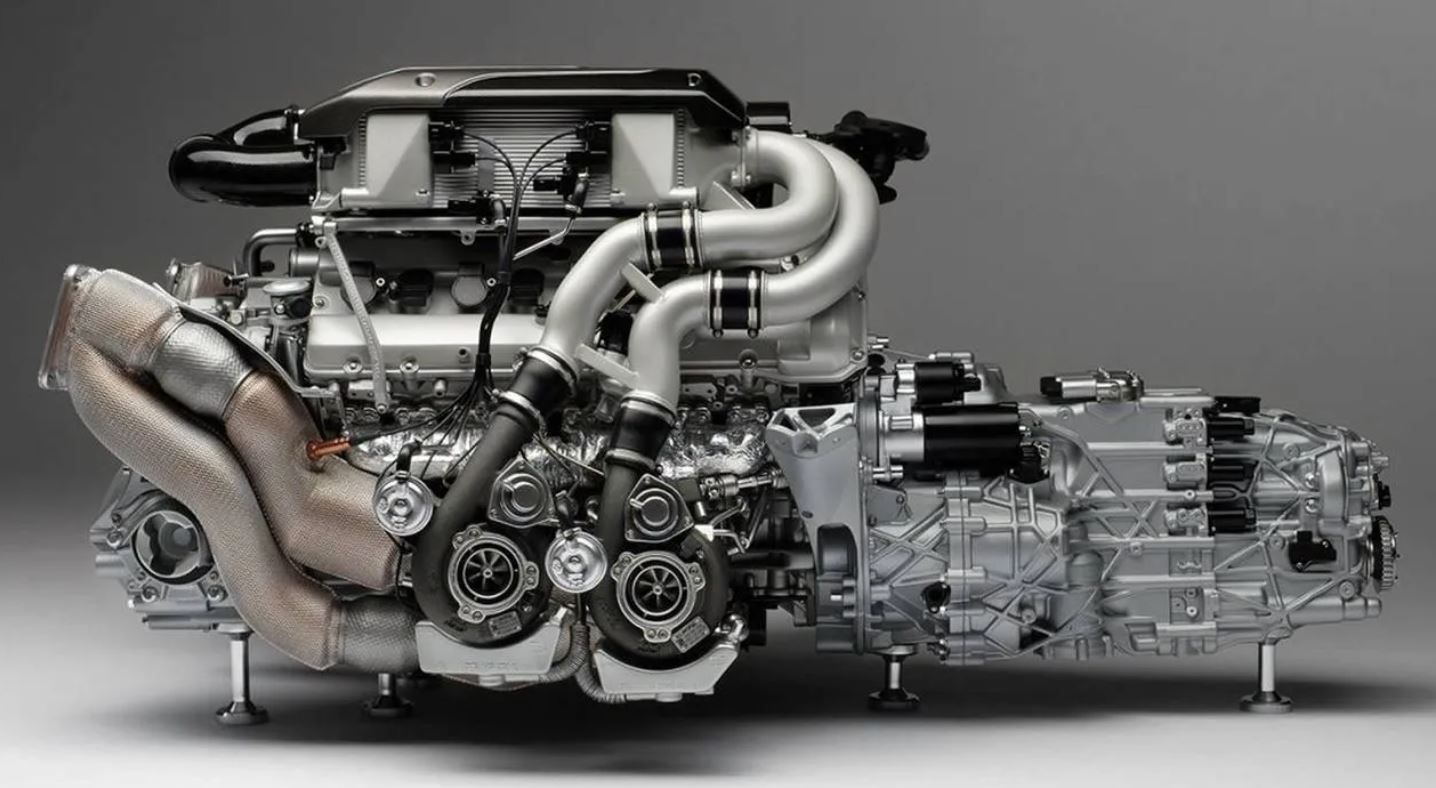Your Go-To Auto Components Shop for Engines for Africa and Extra
Your Go-To Auto Components Shop for Engines for Africa and Extra
Blog Article
The Pursuit for Ultimate Driving Power: Checking Out the Pinnacle of Engine Efficiency and Technological Developments in the Automotive Field
In the world of auto design, the pursuit of maximum driving power has been an unrelenting quest that has actually unravelled through the development of engine style and the combination of innovative modern technologies. From the thorough workmanship of combustion engines to the fast advancements in electric propulsion systems, the automobile sector stands at the cusp of a new period characterized by unprecedented performance capacities.
Evolution of Engine Design

Moreover, the integration of turbocharging and turbo charging modern technologies has reinvented engine layout by increasing power without significantly enhancing engine dimension. These forced induction systems compress the intake air, permitting even more fuel to be combusted, therefore producing better power result from a smaller engine. This improvement has actually been particularly critical in enhancing the performance of smaller displacement engines while preserving gas efficiency requirements.

Performance-Enhancing Fuel Technologies
The implementation of sophisticated fuel innovations has significantly added to enhancing engine efficiency in modern automobiles. Biofuels, derived from sustainable resources like sugarcane, corn, or algae, deal enhanced and minimized exhausts engine performance. Furthermore, gas ingredients and cleaning agents are being formulated to tidy engine parts, optimize combustion, and minimize rubbing, thus improving total vehicle performance.
Innovations in Electric Propulsion
Significant strides in electric propulsion technology have reinvented the auto sector, leading the way for a new period of lasting and efficient transportation. Electric cars (EVs) are obtaining appeal due to their environmental benefits and advancements in battery technology, allowing longer driving arrays and much shorter billing times. Suppliers are spending greatly in research study and advancement to improve the efficiency of electric propulsion systems, focusing on enhancing power output, improving power effectiveness, and minimizing general weight.
One notable development in electric propulsion is the advancement of advanced electrical motors that provide higher torque and power thickness, causing enhanced acceleration and overall driving efficiency. Furthermore, regenerative braking systems have actually been improved to capture and save energy throughout deceleration, further enhancing the effectiveness of EVs.
Additionally, the integration of clever modern technologies, such as man-made intelligence and predictive analytics, is optimizing the monitoring of electric propulsion systems, guaranteeing optimum efficiency under various driving conditions. These developments in electrical propulsion are reshaping the automotive landscape, driving the market towards a much more sustainable and amazed future.
Influence of Computational Fluid Characteristics
With advancements his explanation in electric propulsion pushing the borders of vehicle technology, the combination of Computational Liquid Dynamics is playing an essential role in maximizing aerodynamic performance and boosting overall effectiveness in vehicle style. Computational Fluid Dynamics (CFD) includes using computer system simulations to analyze the circulation of air around a vehicle, making it possible for designers to predict exactly how design adjustments will certainly impact aerodynamics without the requirement for costly physical prototypes. By precisely modeling air movement patterns, CFD enables the refinement of automobile forms to reduce drag, enhance air conditioning, and improve security.
CFD allows designers to maximize airflow around elements such as radiators, engine bays, and wheel wells, contributing to boosted efficiency and general driving experience. In conclusion, the combination of Computational Fluid Characteristics represents a significant action onward in the mission for ultimate driving power and performance in the vehicle market.
Future Trends in Engine Innovation
In the vibrant landscape of automobile engineering, cutting-edge innovations are forming the future trajectory of engine development. The future of engine design is noted by a strong focus on sustainability, effectiveness, and efficiency. Suppliers are progressively concentrating on creating engines that not only provide high power outputs however likewise prioritize environmental responsibility by enhancing and reducing discharges gas effectiveness.
One prominent pattern in engine innovation is the increase of electrification. Hybrid and electrical powertrains are acquiring grip as viable options to typical combustion engines. These modern technologies provide go to website the capacity for substantial reductions in carbon discharges and raised energy effectiveness, aligning with worldwide initiatives to battle climate modification.
Furthermore, innovations in materials science and manufacturing strategies are enabling the production of lighter and a lot more resilient engine elements. This shift towards light-weight products such as carbon fiber and aluminum alloys adds to improved performance and fuel economic climate.
Verdict
In conclusion, the pursuit of utmost driving power in the automotive industry remains to drive improvements in engine layout, gas technologies, electric propulsion, and computational fluid dynamics. The development of these innovations is forming the future of engine advancement, leading the method for more efficient and powerful vehicles (engines for africa). As the industry remains to press the borders of what is feasible, we can expect to see even more innovative developments in the mission for peak performance
One of the essential milestones in engine layout advancement is the transition from standard carbureted engines to modern-day fuel-injected systems. By specifically metering the gas shipment to each cylinder, fuel-injected engines maximize burning, resulting in better performance and decreased ecological effect.
Moreover, the integration of turbocharging and turbo charging modern technologies has actually transformed engine design by i loved this enhancing power without significantly raising engine size (engines for africa).The implementation of innovative gas innovations has dramatically contributed to boosting engine performance in modern-day vehicles. In addition, fuel ingredients and detergents are being created to clean engine parts, enhance combustion, and reduce rubbing, thereby enhancing general lorry performance
Report this page